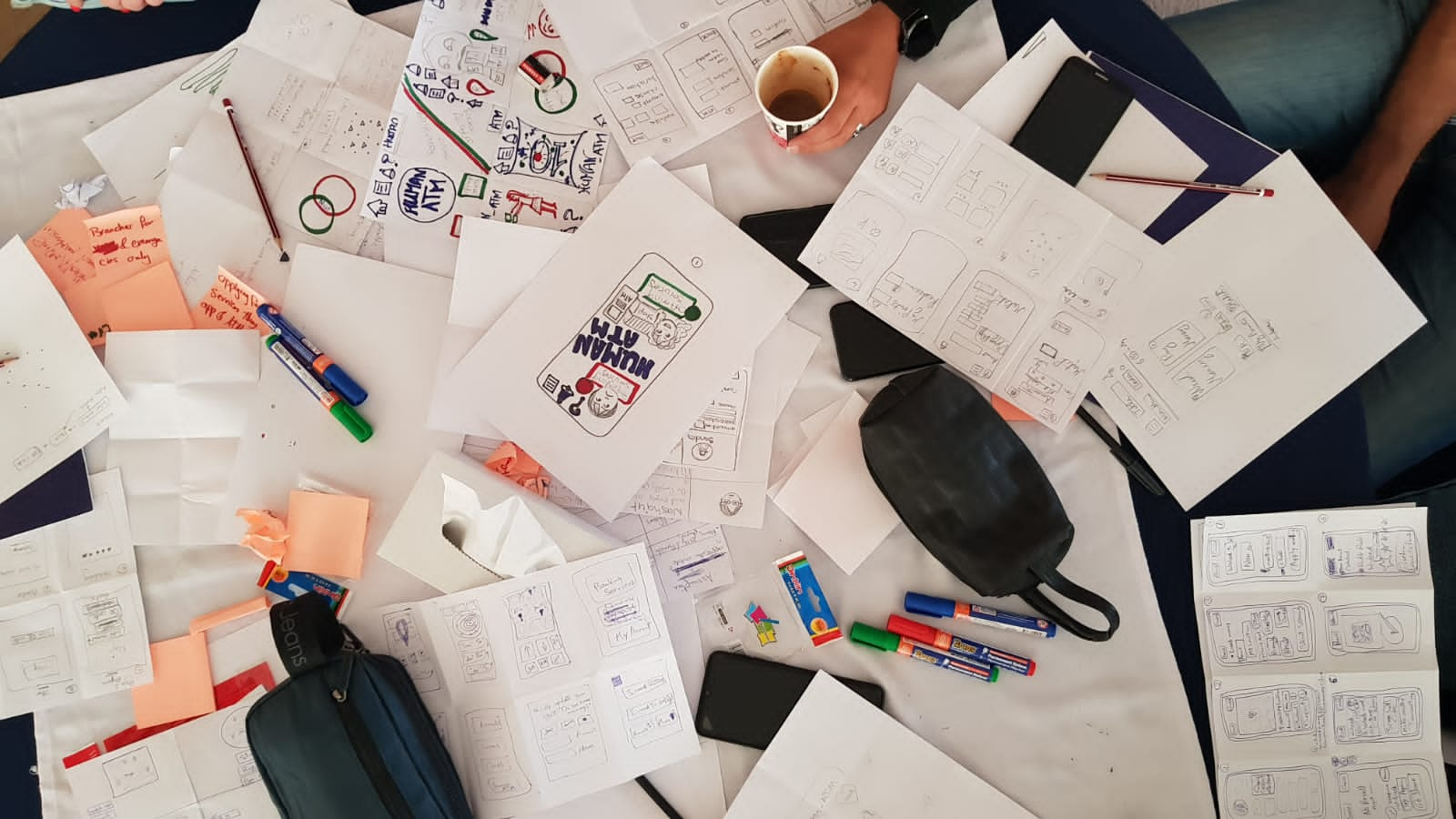Business Innovation is the name of today’s game. Businesses who don’t adopt innovation and an innovative mindset today might not be around tomorrow to regret it (Kodak, anyone?). Organizations that want to thrive should have in place a system for producing new products and services to meet the changing needs and demands of customers, capitalizing on the immense opportunities provided by shifting markets and emerging technologies.
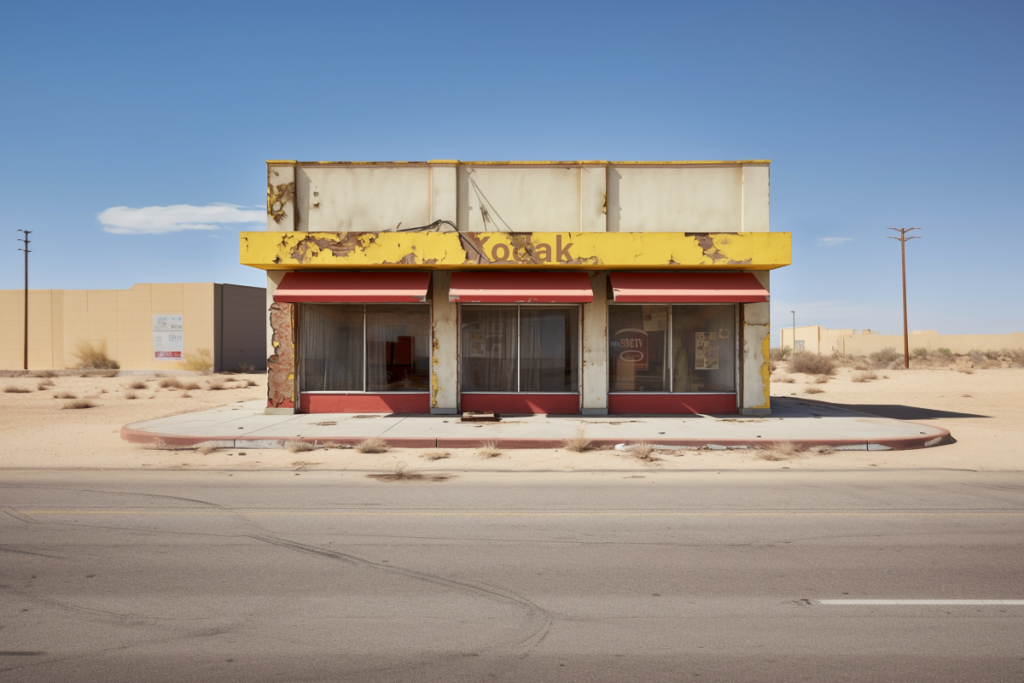
If only there were a way to systematically and consistently produce innovation that actually delivers real business value…
If you are one of those business owners who started rolling their eyes or sighing loudly once you read the word “innovation”, then do yourself—and your business—a favor and read through.
Research shows that somewhere between 40-90% of innovation endeavors and projects ultimately fail.
Here’s the thing: innovation has been trending in business circles for a couple of decades, and everybody has been claiming to do it. But research shows that somewhere between 40-90% of innovation endeavors and projects ultimately fail. And this may be the reason for your reaction: it’s become a cliché that you’ve been forced to cater to, but from which you’ve yet to see any true value materialize.
Where Do Innovation Babies Come From?
There have probably been as many methods for innovation as there have been projects, each proponent of a method citing it as the panacea that will deliver value. There are so many factors at play, it can be near impossible to determine which approach is most effective in driving business innovation. Business owners and leaders are probably left with a “dartboard” paradigm for choosing a method, which undoubtedly has had mostly terrible results; randomly choosing a strategy is seldom an effective way to produce value.
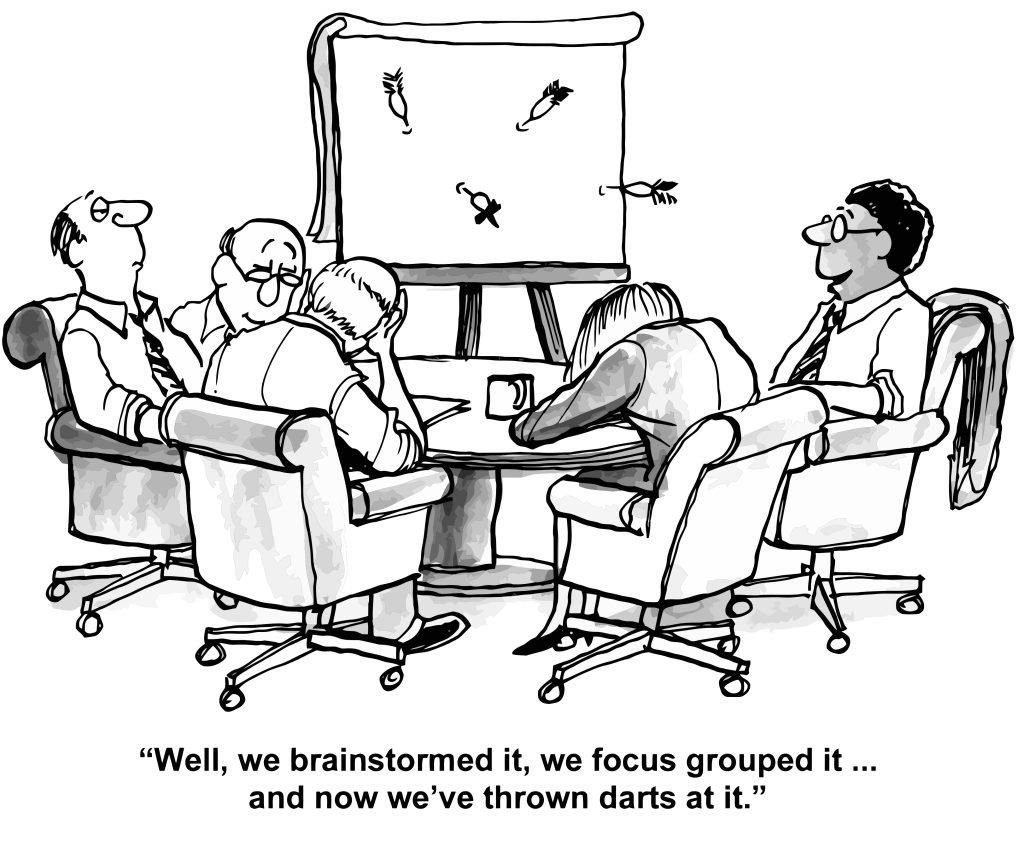
But when it comes to innovation, why does it feel like that’s all businesses are doing?
The key to deciding which innovation strategy to use may lie in an overlooked aspect of product and service creation: experience design.
The key to deciding which innovation strategy to use may lie in an oft overlooked aspect of product and service creation – experience design.
Why?
Let’s take a step back and analyze.
What is Business Innovation?
Business innovation is the creation of novel products, services, and processes to deliver value, meeting the needs and demands of customers. It is a key driver of business growth and competitiveness, and is essential for organizations to remain relevant in an ever evolving market.
Now, what process is the gold standard for discovering people’s needs and exploring their thoughts and feelings around a given topic? Answer: User research: an integral component of experience design.
Think about it: Where should innovation come from? The business directors? The innovation department or committee? The engineers? While these teams can come up with great ideas, if those ideas aren’t stemming from real needs or opportunities from people, how likely are they to succeed?
Try 10%.
What process is the gold standard for discovering people’s needs and exploring their thoughts and feelings around a given topic? Answer: User research: an integral component of experience design.
Designing products and services based on the needs of people and the opportunities that arise therefrom puts companies in a powerful position to create products and services that are widely adopted and successful. And the professionals who systematically uncover these needs and opportunities are experience designers.
What Was Experience Design, Again?
It’s not the design of interfaces (though that is one small part of it).
Experience design (also called Usability Design, Interaction Design, or quite restrictively: UX Design) is the practice of designing experiences, processes, products, services (called Service Design in this case), that are easy to use and intuitive for users or customers. Experience design follows a robust process for consistently creating engaging and effective interactions with users.
Usable experiences—that is to say intuitive, easy to use experiences—do what they were designed to do by engaging people, nudging them in the right direction, and guiding them to completion of their and the business’s objectives.
And interaction design in itself is quite the conferrer of business edge! Applying UX design activities to a product can significantly increase your sales… sometimes by up to 70%!
Study by Forrester Research found that well-designed products increase customer conversion by up to 200%
And we’re not just saying this because we like usability and intuitive design (though we love them to bits). Its impact has been empirically and extensively studied.

Kinsta, the cloud platform provider, cited statistics that users tend to abandon digital products that are difficult to use, with poor usability being one of the main reasons for user frustration. Another study by Forrester Research found that well-designed products increase customer conversion by up to 200%. The Human Factors and Ergonomics Society found that poor usability can result in increased errors, decreased productivity, and lower user satisfaction.
And it’s not just for products.
Companies that invest in experience design are more likely to produce successful and impactful innovation that meets the needs of customers and drives business growth.
A study published in the International Journal of Design found that service design can improve customer satisfaction, reduce costs, and increase revenue for businesses. Another study by IBM found that organizations that use service design are more likely to innovate and develop new products and services than those that don’t. Yet another published in the Harvard Business Review found that a hospital that used service design to improve its patient experience saw a 50% reduction in patient complaints and a 90% increase in patient satisfaction.

These studies highlight the importance of investing in experience design, as it can have a direct impact on customer engagement, adoption, and satisfaction, driving greater success for any product or experience.
Ideas are validated, increasing confidence in their effectiveness and reducing stakeholders’ fear of change.
So Where Do Experience Design and Innovation Meet?
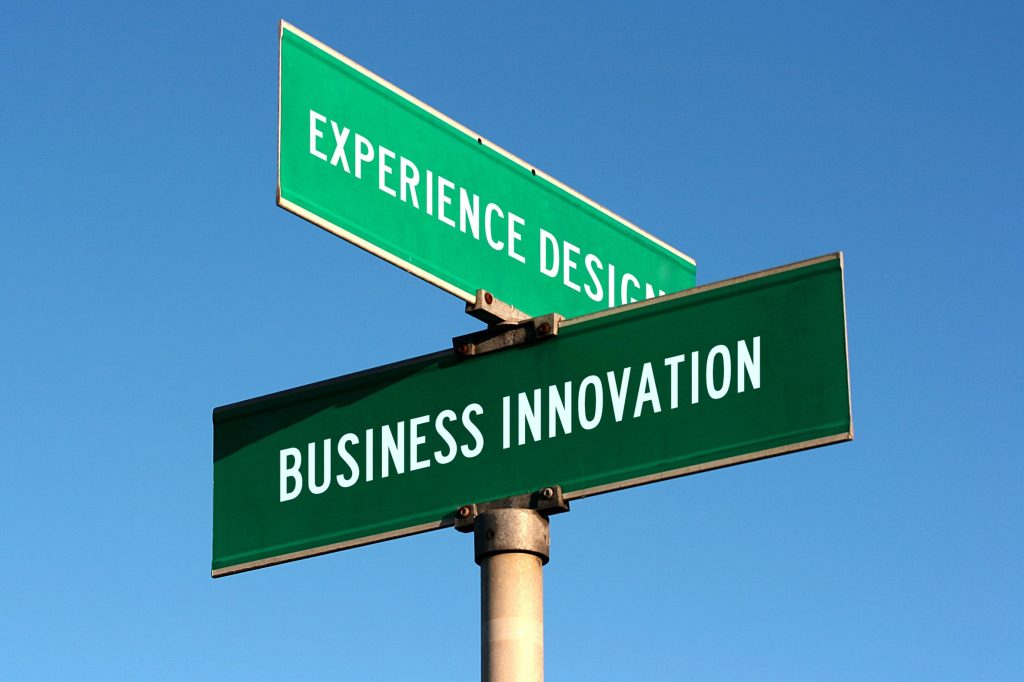
Experience design plays a crucial role in the creation of business innovation.
Like we mentioned above, only through catering to people’s actual needs and the potential opportunities discovered by truly exploring their thoughts and feelings, can one create an experience that really captures and captivates its audience.
But after uncovering those needs comes the necessity of materializing that innovation into something that usually interacts with people. When businesses prioritize empathy and usability in their innovation processes, they can create interactions that are intuitive, easy to use, and appealing to a wide range of customers. This spurs adoption, increases customer satisfaction, and contributes to the success and impact of the innovation. Companies that invest in experience design are more likely to produce successful and impactful innovation that meets the needs of customers and drives business growth.
Design-led companies outperformed the S&P 500 by 228% over a ten-year period.
Incorporating experience design into the innovation process can also impact the scalability and sustainability of the outcome of the innovation process. Products and services that are difficult to use or not well-designed may face challenges in achieving widespread adoption and may struggle to reach their full potential. This highlights the importance experience design in the early stages of the innovation process, as incorporating it later on can be more difficult and costly.
You Can’t Innovate By Accident
Well, you can, but it’s rather hit-or-miss, which just has terrible ROI. Most organizations think that innovation is a matter of “luck” or that it can be generated through random brainstorming sessions or eliciting ideas on a platform from volunteers in the organization. Those who start innovation from “ideas” are probably doomed to fail; there are crucial pieces missing in that puzzle.
This is another area where Experience Design provides a backbone for producing innovation consistently.
No innovative product can succeed without research, and no product with a poor user experience will be adopted on a mainstream scale.
From within the realm of design was born a method for overcoming biases, breaking with the status quo, and consistently producing innovative solutions to problems and challenges: Design Thinking.
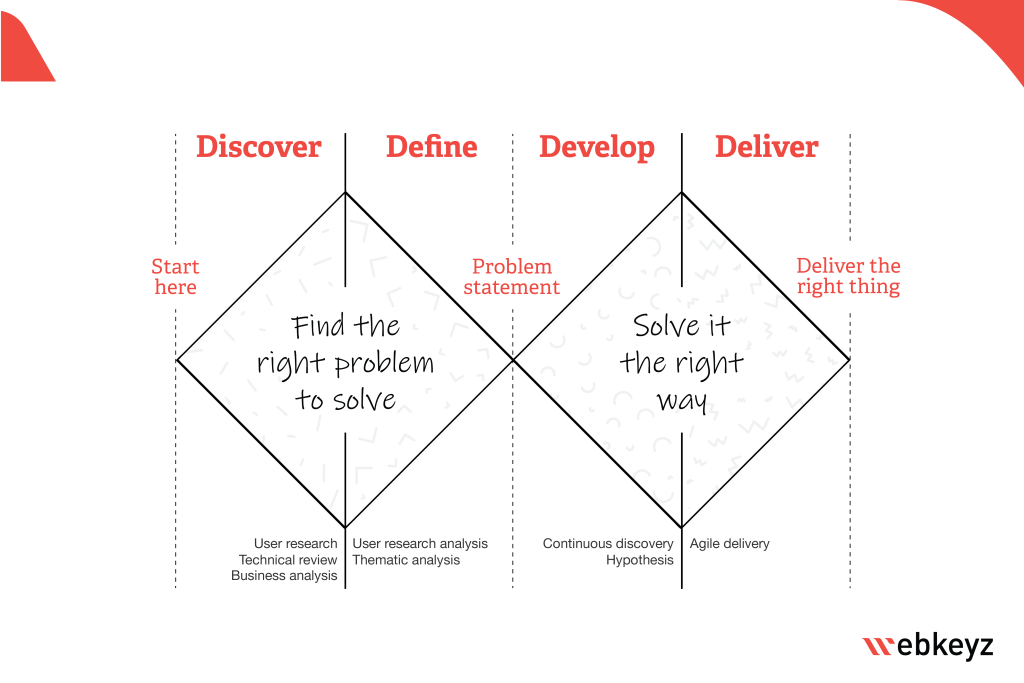
Does it work?
According to the Harvard Business Review, it does.
And because prototyping and hypotheses testing are integral parts of the design thinking process, the produced ideas are validated, increasing confidence in their effectiveness and reducing stakeholders’ fear of change. It also allows the chance to gain real feedback to iterate upon the design before investing time and funds.
Innovation Needs Culture to Thrive
One of the reasons innovations don’t take root is that they are created in isolation within the organization. You have a department for innovation, but management always opposes any endeavors coming out of this department. They are accused of being disruptive, of rocking the boat, and of wanting to change the ‘way we do things around here’. This is a culture of stability that many organizations had to adopt to allow them to scale and maintain their structure and vision. However, innovation—by definition—flies in the face of this stability culture. Organizations that wish to cultivate innovation must learn how and when to adopt a design-led culture to allow innovation to thrive.

Need proof?
Experience design checks all the boxes needed to create impactful, disruptive innovation.
What field champions design-led culture, living and breathing it in its everyday work, and its proponents can breed it within other organizations?
Experience Design.
Innovative Products Have Great User Experience: No Coincidence
Take any innovative product you like. 9 times out of 10 it will have an amazing user experience. Take the examples of Netflix and Spotify.
Netflix is huge; this needs no proof. Its business model has disrupted the media industry, placing it at the forefront of the streaming platform market with a market share of almost 40%. Similarly, Spotify has disrupted the music industry with its user-friendly and intuitive interface, allowing users to easily discover and listen to music. These platforms are poster children for innovation.
One of the factors that led to their massive adoption was their focus on usability and design. The platforms are so easy to use, so engaging, and so—dare we say—addictive, that people can’t help but spend hours using them. Just ask any binge watcher/listener.

These features were undoubtedly the result of extensive research on potential users, and their deployment and continuation were the subjects of constant usability research to ensure that users are being offered the ultimate experience.
These are prime examples of the role interaction design and usability play in innovation. No innovative product can succeed without the research needed to capitalize on its audience, and no product with usability issues or a poor user experience will be adopted on a mainstream scale.
So, Can Experience Design Create Innovation?
Experience design plays a crucial role in the creation of business innovation. Companies that prioritize experience design and usability in their innovation processes, while cultivating a culture that accepts innovation, are immensely better positioned to create impactful, successful, and innovative products and services.

Does Experience Design check the boxes? Let’s see.
Uncovering the needs and opportunities that innovation can target?
Allowing the creation of intuitive and engaging people-facing components to allow frictionless adoption?
Creating the culture that accepts and nurtures innovation?
Having a systematic process for creating innovation?
Testing and prototyping to validate and increase the likelihood of success?
Check, Check, Check, Check, and Check.
Experience design checks all the boxes needed to create impactful, disruptive innovation.

